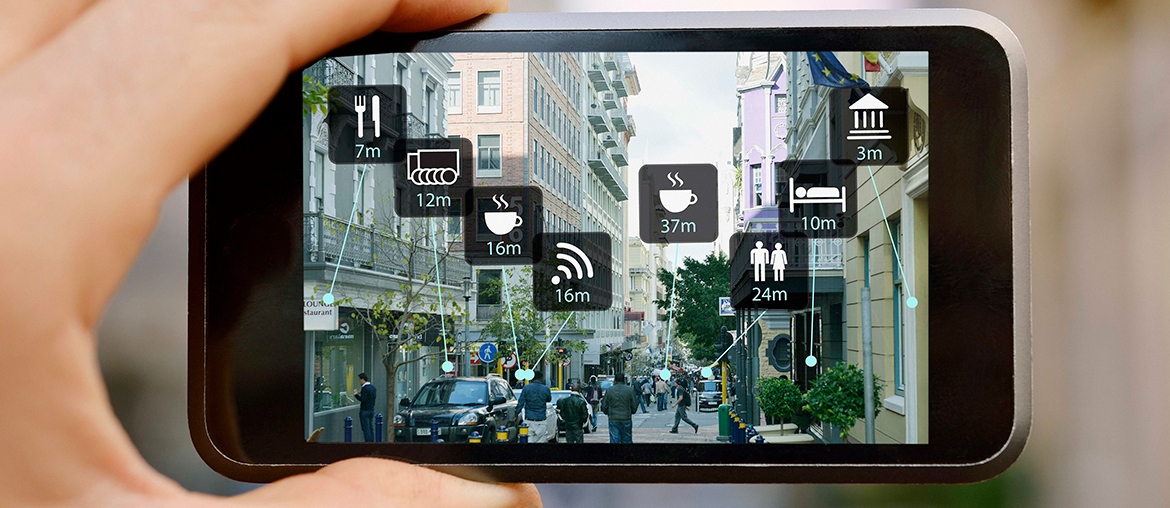Elinext Increases Commitment to Mobile AR Development
A part of Elinext – Eligraphics Studio – announces greater emphasis on augmented reality technologies in mobile game development
May 10, 2012. Eligraphics Studio, a producer of high-quality stereoscopic 3D films as well as mobile and interactive 5D games, organized a meeting devoted to the opportunities for augmented reality developers. The session attendees included core IT specialists of Elinext, a group of custom software development companies.
Nowadays, many programmers and businesses firmly believe that augmented reality (AR) will have a bright future since AR technology is going to set new standards in our everyday lives. The host of the presentation Eugene Filipkov, Senior Game Developer at Eligraphics Studio, elaborated on the main aspects of this technology, including libraries and frameworks, as well as on the use of AR in games with a few examples.
“From my point of view, the most popular frameworks include OpenCV, Vuforia and String. I personally like the flexibility of OpenCV. It is free and cross-platform compatible. Qualcomm’s Vuforia is a very powerful tool either. It supports iOS, Android, and Unity 3D, though has a closed source code,” said Eugene.
Augmented reality techniques are much about gamification that makes the user experience more entertaining, engaging, and immersive. This essentially means application of game mechanics to real-world objects that aren’t typically considered to be interactive. It is achieved by the recognition of markers (for example, printable images or pictures) that are captured through the camera lens on a smartphone, like iPhone and Android, or a tablet, like iPad. The data is further interpreted by installed on the mobile device software to create 3D images overlaid on the real-world environment depicted on the mobile device.
Technically, a game object appears in the 3D world on the screen due to the calculation of two matrices: projection matrix (pointed to the placement of marker) and model view matrix (pointed to the dimensions of the game object needed to be embedded). As vivid examples of AR games, Filipkov mentioned Shadow Cities, AR.Rescue and ARDefender.
The applicable areas of AR are very wide. Besides games and entertainment, the key sectors embracing augmented reality in the recent years include advertising, education, retail, publishing, healthcare and military training (simulators).
“In the coming years AR technologies will translate into huge opportunities for developers, but we have to wait a bit for smartphones’ hardware to gain more computing power. I am constantly tracking the latest advancements in AR, and I feel confident about our company’s skills in mobile augmented reality development projects,” pointed out Sergey Morozov, 3D & Games Development Director.










